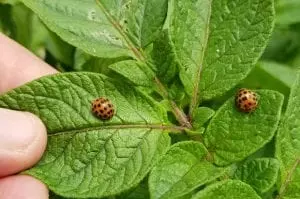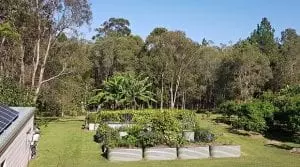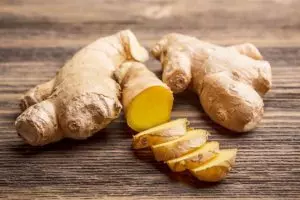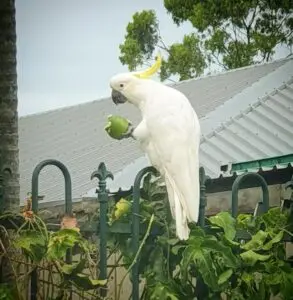I first started growing dragon fruit (Pitaya) in 2010 and 8 years on I'm so glad I decided to plant such a weird but stunning cactus vine in our food garden.
It was only just a few years after (and to my amazement) when our vines started producing fruit and plenty of them! The subsequent article I wrote on "Dragon Fruit (Pitaya) a How-to Guide for Growing" has become one of my most read articles and is at the top of Google search for this subject – hopefully, it remains there for many years to come…
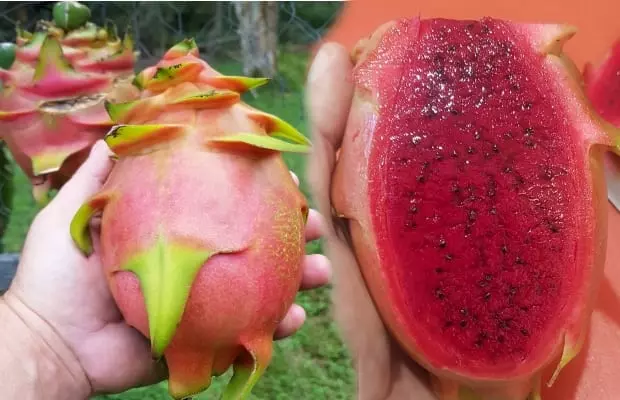
But that article was mainly based on the yellow thorny variety, which is a wonderful fruit, vigorous vine, and an all-around top producer except for one "prickly" issue – it's covered in spikes.
In contrast, the red-fleshed dragon fruit (pitaya) doesn't have any thorns on the fruit so it makes for easy handling.
I picked up our first plant from a local nursery and now have several new plants growing from cuttings. Pitaya grows easily from cuttings and not only that the vine tends to grow and produce fruit faster than plants grown from seed.
Honestly, I wouldn't bother growing any dragon fruit from seed, even though it's easy to do, growing from cuttings is way more productive and faster!
This red-fleshed variety is surprisingly good and I say this because I have tried a few red varieties before (ones that I had purchased from the supermarket) and they weren't very tasty.
In fact, they were so bland that I had reservations growing this type of dragon fruit at all but obviously, I'm glad I eventually did.
I'm not sure why my experiences with supermarket pitaya fruit have been so negative although I have an inkling that it's a similar issue with most supermarket fruits and that's picked too early (for logistical reasons) or the fruit is grown for transportation/storage qualities rather than taste. I don't know…
Anyway, this fruit on this vine can get HUGE weighing up to 1 kg and grow twice the size of a large orange.

Red dragon fruit compared to large Washington Navel orange (image above)
Eating one of these red centered weird looking things is a sheer delight – our homegrown fruits are sweet without being overly sugary and it tastes unique but pleasant perhaps a bit like a watermelon apple cross only with small kiwi fruit seeds throughout the flesh. At the end of the day, the flavour of dragon fruits, in general, is hard to describe except to say we find them delicious.
Compared to the thorny yellow variety this red one is not quite as sweet, however, there is a massive difference in size so I kind of understand how this sized pitaya might have the flavour a little watered down.
The red carotenoid in this variety of dragon fruit is an organic compound called lycopene which has solid scientific backing to suggest it may help prevent some cancers. Besides the antioxidants, there are many more impressive health benefits associated with eating dragon fruit just have a Google around and you'll see what I mean.
Fruit development is predominantly during autumn/winter, although it can fruit all year round in the subtropics, and the fruit growth/ripens quickly in just several weeks. Unlike the yellow variety, this red variety doesn't hold on the plant very well at all and will likely split or rot soon after ripening so harvesting the fruit on time is important.
Overall, I definitely recommend giving this plant a go because everything is stunning about it from the unusual vine, the wonderful nighttime flowers, to the tasty huge red fruit.
I'll be knocking up several more growing posts/trellises so we can grow more of this antioxidant-rich super fruit.
Here's one of my videos on growing dragon fruit – it's on the yellow variety but it still might interest you.

